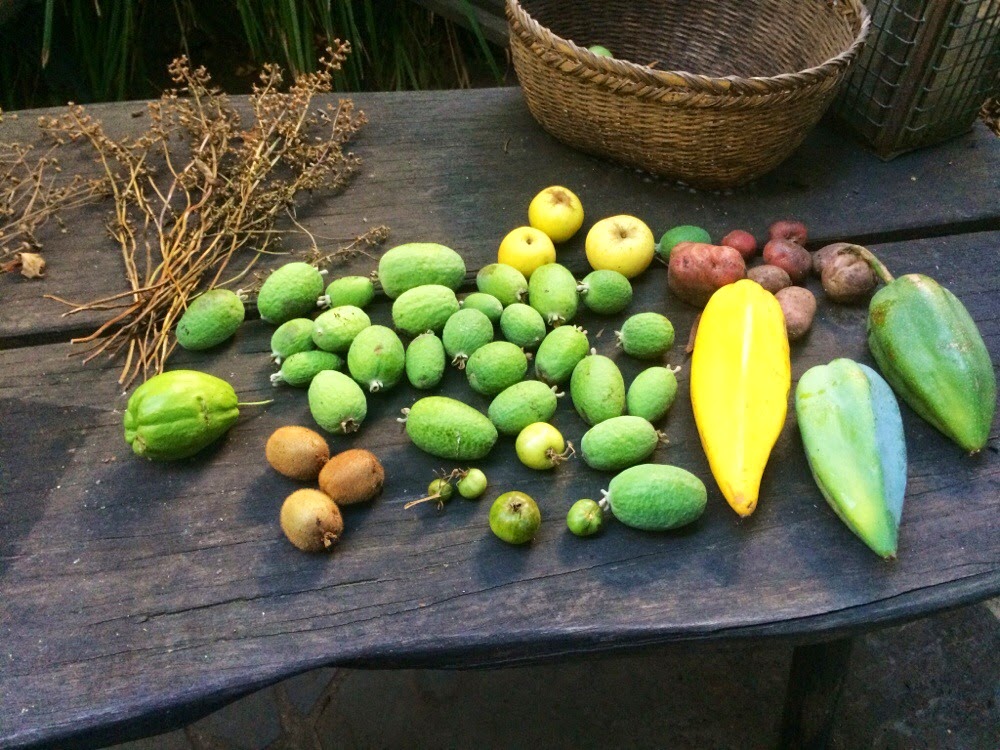We had the novel experience of buying a pack of worms off the shelf at CERES to bring home. Creating the worm house/palace/temple/abode took a surprisingly short amount of effort and time, and after one delicious autumn afternoon's work we were tucking the new family members into their composty bed. They are the worlds easiest/cheapest pets, content to simply live in the corner of the garden munching on our kitchen scraps, although they may kick up a fuss if asked to eat citrus, meat, onions or teabags. You may not receive the same amount of emotional devotion as from your fluffy animal friends, but these guys are a very efficient addition to the household. Watering the veggies with some of their juice or fertilising the newly planted seedlings with some of their castings is overwhelmingly satisfying.
House of the Worms Construction Guide
Materials used: 2 styrofoam boxes and lid
1 hessian sack
A block of peat compost (or some other equivalent)
500-1000 worms (depending on amount of green waste produced)
Damp newspaper.
First we punched holes (5cent diameter or slightly smaller) into the base of one of the boxes. This will sit on top of the second box and is where the worms will live. We lined the base of this box with the hessian sack, then filled it with the peat compost and worms. The holes allow the worm juice to drain into the lower box, while the hessian sack stops the worms and soil from falling through. The damp newspaper was laid over the top to help keep the worms warm. The lower box has one slightly larger hole in the base to drain the fluid. Place a bucket under here to catch the worm juice!




























